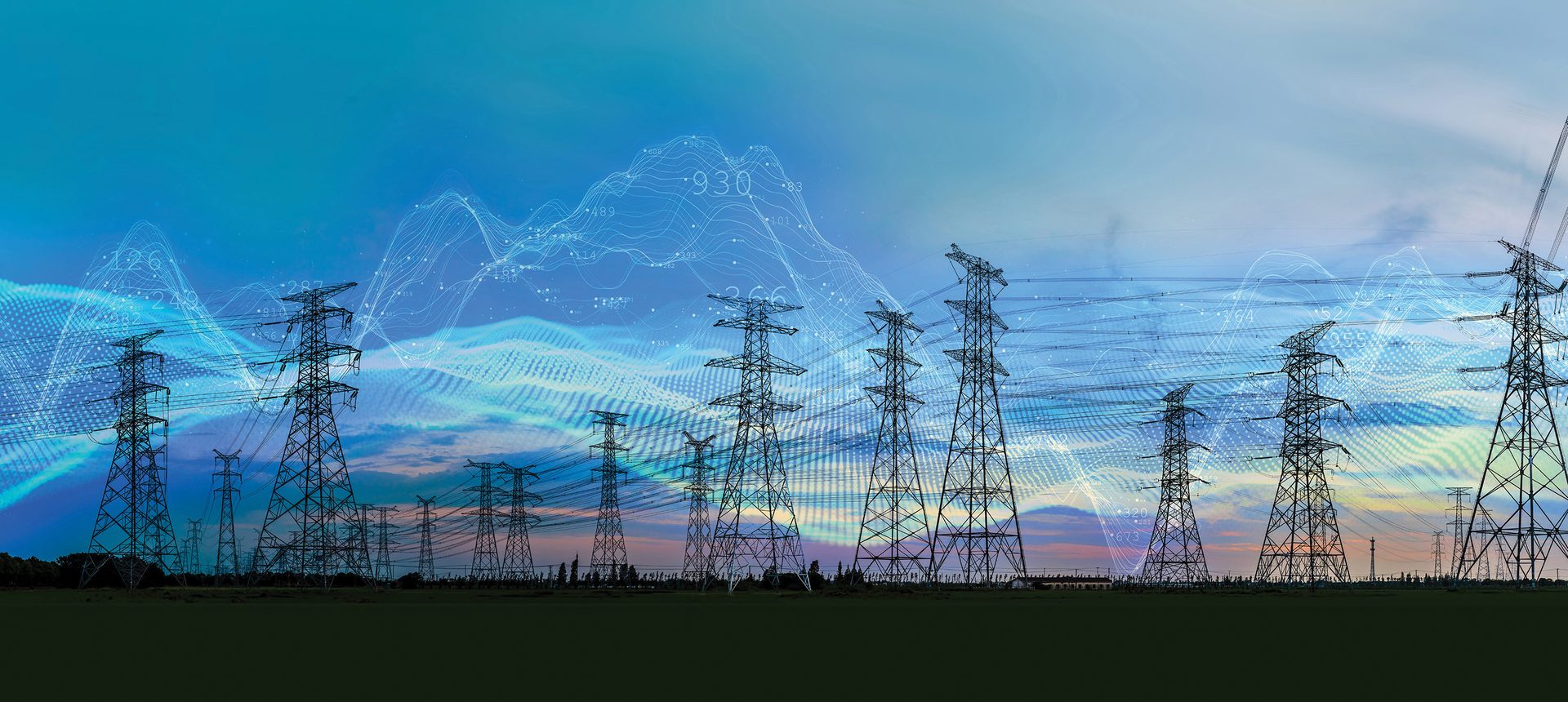
Can decentralized energy get good enough, fast enough?
This article was originally published on EY.com and is authored by Arnaud de Giovanni, EY global renewables leader, and Ben Warren, EY global power and utilities corporate finance leader, using research from the EY Renewable Energy Country Attractiveness Index. Republished with permission.
The need for energy resilience has never been more urgent. Ramping up renewable generation, accelerating energy diversification, and increasing energy storage are global priorities amid heightened geopolitical tensions, supply chain shortages, an increase in extreme weather events, and soaring natural gas prices.
These issues were some of the topics on the agenda for thousands of government and business delegates from around the world at the 2022 United Nations Climate Change Conference (COP27) as they sought to collaborate in solving the myriad challenges presented by the climate emergency.
Decentralization has been talked about for decades, but, as markets seek to rapidly integrate more renewables and improve grid flexibility, it is encouraging that now, with stronger regulatory support, we are beginning to see real progress.
For countries to reach net zero, the integration of renewables must improve significantly. Distributed energy resources (DERs) have a vital role to play in allowing a range of green energy sources to be integrated into the grid, but delivering new and more efficient approaches to permitting, connecting, and managing energy flows is particularly urgent.
Responding to waves of demand or localized power challenges has long been a weakness of centralized grids. However, smart grids are now moving into focus, offering bidirectional flows of electricity and data using two-way communication and control capabilities to optimize the flow of energy along a network and enable real-time responses to change in demand.
With a more energy-resilient future on the horizon, now is the time to seize the power of a more flexible energy system.
The global transition from centralized grid networks to decentralized distributed energy systems is accelerating. From microgrids, small-scale renewables, and combined heat and power facilities, to distributed energy storage and controllable loads, a plethora of options is emerging.
The primary drivers of this transition are increasing pressure on markets to reach their decarbonization goals and a desire to strengthen energy security, particularly in the wake of the war in Ukraine. A favorable climate for DERs has also emerged, with the cost of technologies falling and regulatory support increasing, notably the tax benefits in the U.S. Inflation Reduction Act and the European Commission’s REPowerEU plan.

Credit: Pacific Northwest National Laboratory
DERs offer the potential for increased grid flexibility and have a key role to play in boosting energy resilience, allowing markets to adapt to changing conditions and to recover rapidly from disruptions. Excess electricity generated by self-sustaining distributed systems can be stored and used when centralized grids are hit by outages. This ability means DERs will be vital in helping counter the high number of grid failures caused by extreme weather in recent years.
Markets around the world are adopting a variety of measures to integrate more DERs, such as metering policies to support distributed solar power and favorable legislation for installing rooftop photovoltaics.
There are challenges to be overcome, however. For example, weatherproofing energy infrastructure to protect it against extreme hot and cold weather, and ensuring there is enough capacity to accommodate the accelerating rollout of electric vehicles.
The intermittent nature of renewables will need to be balanced by more sophisticated energy storage or conventional power-generation capacity, and smart grids are likely to be at the heart of this changing energy landscape. Equipped with robust data flows, they offer improved reliability, efficiency, and flexibility—from smart meters that allow consumers to monitor their electricity usage, to automation that can isolate local faults so they do not shut down an entire network.
Indeed, smart grid technology is creating a new energy distribution model in markets without established national grids, whereby the overall grid is composed of microgrids that can switch to operating independently. This technology provides greater resilience for isolated rural areas, as well as for highly concentrated urban areas where brownouts or blackouts can result from surges in demand.
Markets around the world are adopting a variety of measures to integrate more DERs [distributed energy resources], such as metering policies to support distributed solar power and favorable legislation for installing rooftop photovoltaics.
While their benefits are many, smart grids present several challenges, particularly in making them intelligent enough to manage the integration of DERs, bringing together a wide range of power sources, and controlling the flow of electricity so that it meets demand.
In addition, cybersecurity will be an issue, given the interconnectedness of DER ecosystems, with the increased potential attack surface area making such systems more vulnerable to cyber attacks.
Storage and supply management can also be problematic. As electric vehicles scale up, for example, they will be both a strain on the grid and a support, able to absorb excess generation from renewable energy resources, as well as acting as real-time, demand–response assets. But work still needs to be done on optimizing them as DERs.
Accelerating the use of renewable resources will require annual electric network investments to nearly triple by the late 2020s, to almost $800 billion, according to the International Energy Agency. This investment will need to be matched by an eightfold increase in investment in digital assets.
Continued regulatory support for DERs will be required, therefore, if markets are to realize the potential of such technology to bolster energy resilience through increased grid flexibility and help achieve the world’s decarbonization goals.


